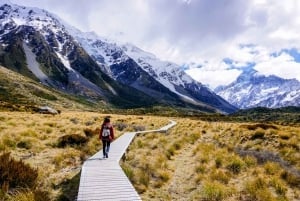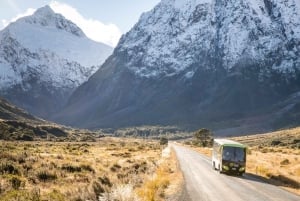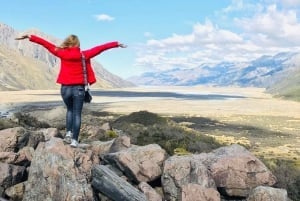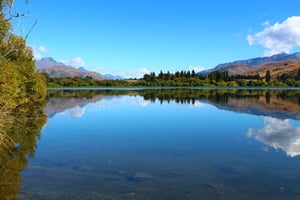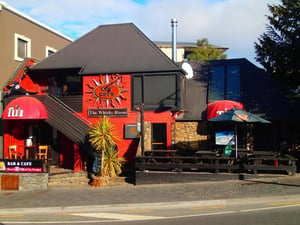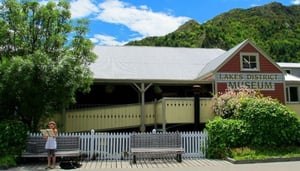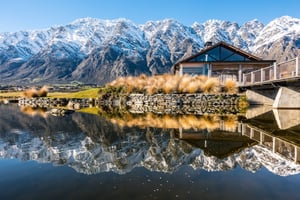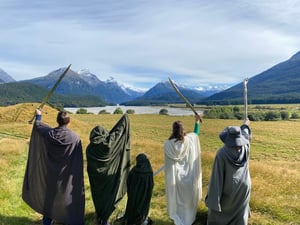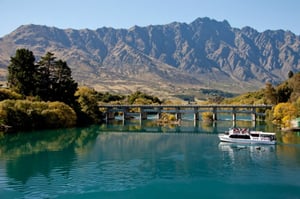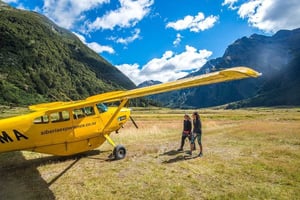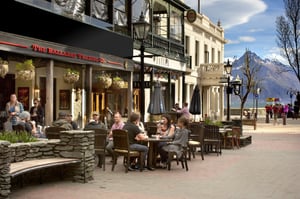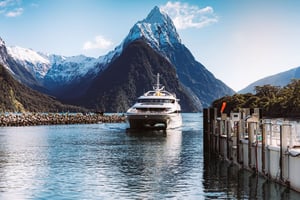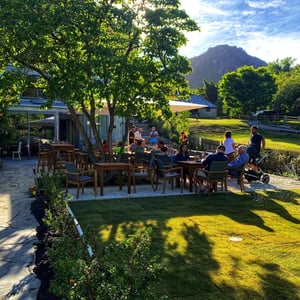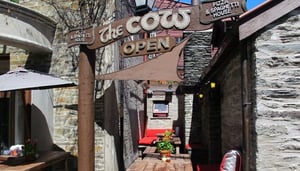Visiting The Iconic Wanaka Tree
Discover the story behind the iconic Wanaka Tree, a symbol of New Zealand's natural beauty.
Book Top Experiences and Tours in Queenstown:
If youʻre booking your trip to Queenstown last minute, we have you covered. Below are some of the top tours and experiences!- From Queenstown: 'Valley of the Vines' Wine and Bike Tour
- Queenstown: Mount Cook Premium Guided Day Tour
- Queenstown: Arrowtown To Queenstown Biking Adventure
- From Queenstown: Milford Sound Cruise and Coach Day Tour
- From Queenstown: Lord Of The Rings Tour to Glenorchy
Whether you're a nature lover or simply seeking a picturesque spot for your Instagram feed, the Wanaka Tree is a must-see destination on any trip to New Zealand. Its cultural significance and stunning beauty make it a true icon of the region.
But what is the history behind this lone willow and why has it gained so much popularity in recent years?
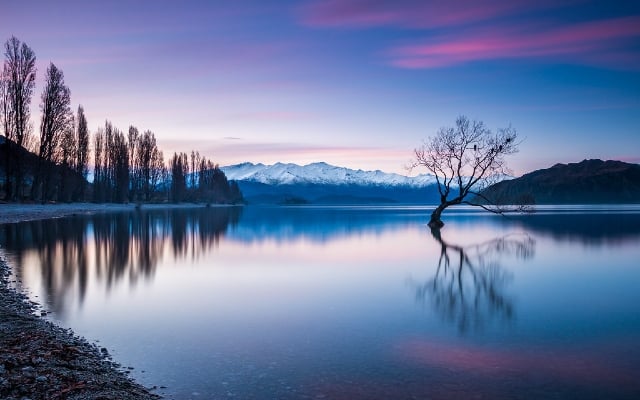
Photo Credit: Winston Tan
The History of the Wanaka Tree:
Despite being over a century old, the origins of the Wanaka Tree remain somewhat of a mystery. Some believe that the tree was intentionally planted by settlers in the early 1900s, while others speculate that it grew naturally from a willow sprig that was carried downstream by the nearby Matukituki River.
One thing that is certain is that the Wanaka Tree stands alone in a vast expanse of crystal-clear water, making it a unique and captivating sight. Its twisted branches and roots tell a tale of resilience, as it has endured harsh weather conditions and human tampering over the years.
The Tree's Connection to Maori Culture:
The Wanaka Tree also holds cultural significance to the local Maori population, who believe that spirits reside in trees and other natural elements. As such, the tree is a sacred site and a reminder of the deep connection between the land and its people.
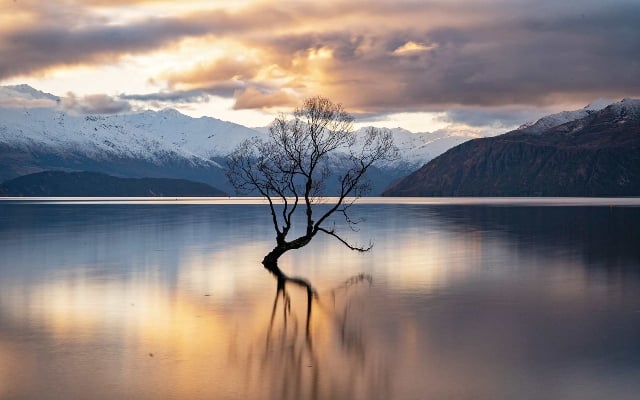
Photo Credit: Ed O'Keeffe
The Tree's Rise to Fame:
While the Wanaka Tree has been a local landmark for many years, it wasn't until recently that it gained worldwide attention. Thanks to social media, stunning images of the tree against the backdrop of the Southern Alps have circulated the internet, drawing in travellers from all corners of the globe.
But the Wanaka Tree's fame has not come without controversy. Some locals have expressed concern over the influx of tourists and the impact they have on the delicate ecosystem surrounding the tree. There have been reports of visitors trampling on the fragile wetland area, littering, and disturbing the peace with loud music and rowdy behaviour.
Despite these concerns, the Wanaka Tree remains a popular destination for travellers seeking a glimpse of its unique beauty. Photographers flock to the site at all hours of the day and night, hoping to capture the perfect shot of the tree in all its glory.
Visitors to the area can also enjoy a range of outdoor activities, including biking, hiking, fishing, and kayaking. The nearby Mount Aspiring National Park offers stunning scenery and a chance to explore the rugged wilderness of New Zealand's South Island.

The Natural Beauty of Lake Wanaka:
While the Wanaka Tree may be the star attraction, it is just one aspect of the stunning natural beauty that surrounds Lake Wanaka.
The lake's crystal-clear waters are a playground for both water sports enthusiasts and aquatic life. On a calm day, you can see right to the bottom, where schools of fish swim lazily along the lake bed.
But it's not just the lake itself that is beautiful - it's the towering peaks of the Southern Alps that frame it, too. Glaciers and snowfields cling to the mountaintops, and wildlife such as mountain goats and kea parrots can be spotted roaming the hillsides.
Each season brings a unique charm to Lake Wanaka. In spring, cherry blossom trees bloom along the lake's edge, while in autumn, the surrounding trees turn shades of gold and red. Winter brings heavy snowfall, transforming the lake and its surroundings into a winter wonderland.
The Wanaka Tree as a Photography Destination:
Without a doubt, one of the main reasons why visitors flock to the Wanaka Tree is for the opportunity to capture that perfect shot.
Timing and lighting are crucial when it comes to snapping the perfect Wanaka Tree photo. You're more likely to have the tree to yourself during the early morning or late afternoon, when the light is softer and the crowds are thinner.
Autumn and winter tend to be the best times for photography, as the low light and changing colours create a magical atmosphere. However, if you're after a shot of the tree in full bloom, visit in spring.

Efforts to Protect and Preserve the Tree:
As the popularity of the Wanaka Tree continues to grow, it's crucial that we ensure its preservation for future generations to enjoy.
Thankfully, there are efforts underway to protect the Wanaka Tree. The local council has set up a code of conduct for visitors to follow, which includes staying on designated paths and avoiding climbing or touching the tree.
And remember, the true beauty of the Wanaka Tree lies in its inherent natural wonder, not just its aesthetics.
Queenstown Experiences:
For the best deals in Wanaka and queenstown, check our 'Experiences Guide' for a wide choice of activities to book.
Queenstown Car Hire:
If you need to hire a car to reach any of the trails, check our My Guide Car Rental Comparison Tool for the best deals on the market.




